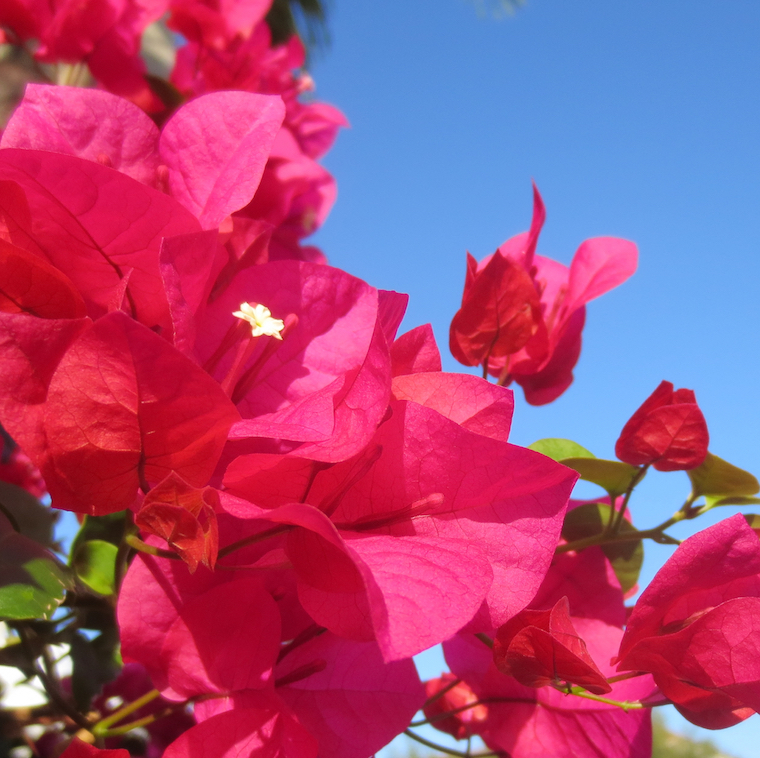Another major lesson of gardening (of which I was reminded this week) is to listen. Not to the birds and the bugs and the other noisy stuff, but to the grander story the garden is telling you. It’s not usually a short story – it plays out over years, when the cycles and the growing patterns can be established and observed. This is one of the more difficult lessons – patience is tough, but the lesson itself is easy. The lesson of learning to listen is tricky, because it also involves understanding what is being told. It’s also a thing that unfolds over time, something in which most people today aren’t willing to invest.
For many years, I fought listening to the garden. I fought against the soil type and the climate ad the rainfall, and I thought I could defy nature and create micro-climates and other such ideals that would enable tricky plants to grow well. That’s only possible to a certain extent, and in the end it’s a losing battle. In recent years I’ve come to embrace what the garden was saying.
A stand of Solomon’s seal flourished and multiplied, so I spread it around the backyard – a gorgeous motif that lasted spring until fall. The early spires gracefully unfurling, and giving way to sweetly-scented flower rows, then the handsome variegated foliage that stood stout and pretty through the high heat of summer, and finally the bright yellow transformation of fall – these were hardy yet gorgeous plants that I’d taken for granted. They did well in the shady nooks of my backyard, but I wanted to grow sea holly and tea roses so I did, and I failed.
Those failures need to be heard. With a generous gift certificate, I invested in a Lady’s slipper orchid – $180 from White Flower Farm – and it was heartbreaking when, no matter what I did, it failed to thrive. I watered it with dechlorinated water, which is no easy feat with our hot and dry summers, yet it did dismally, ultimately dying, so I gave up on that species and settled for a more traditional and robust hosta. An average plant that does well is always prettier than an exotic plant doing poorly.
That’s hard to take when you want to cultivate the rare and exotic, but there’s no point in forcing something that’s never going to happen. We’ll save that for another lesson.
Back to Blog
